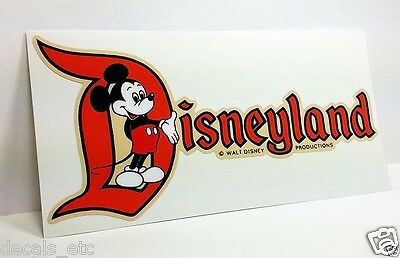-40%
Big Bear Lodge, Skiing & Summer Sports - 1920's Advertising Poster
$ 10.53
- Description
- Size Guide
Description
These are simply the best posters available! You will be thrilled with the image quality, vivid colors, fine paper, and unique subjects. This is an original image that has been transformed into a beautiful poster - available exclusively from Landis Publications.OUR POSTERS ARE SIZED FOR STANDARD OFF-THE-SHELF FRAMES, WITH NO CUSTOM FRAMING REQUIRED, PROVIDING HUGE COST SAVINGS!
This beautiful reproduction poster has been re-mastered from an early 1920's Big Bear Lodge advertising brochure.
The vibrant colors and detail of this classic image have been painstakingly brought back to life to preserve a great piece of history.
The high-resolution image is printed on heavy archival photo paper, on a large-format, professional giclée process printer. The poster is shipped in a rigid cardboard tube, and is ready for framing.
The 13"x19" format is an excellent image size that looks great as a stand-alone piece of art, or as a grouped visual statement. These posters require no cutting, trimming, or custom framing, and a wide variety of 13"x19" frames are readily available at your local craft or hobby retailer, and online.
A great vintage print for your home, shop, or business!
History of Resorts in The Big Bear Area
The prosperity of Southern California’s 1880’s land boom and the creation of Big Bear Lake in 1884 ushered in an era that transformed the San Bernardino Mountains from a commercial logging region into a major tourist destination. The hard-working settlers of the San Bernardino Valley would finally have an opportunity to relax and enjoy their nearby mountains.
In 1888, Gus Knight Jr. and John Metcalf, a pair of enterprising Bear Valley Cattlemen formed a partnership to build Knight’s Hotel, the area’s first mountain resort. By May of 1888, all 30 of the rooms planned for Knight’s Hotel were booked and cots were added to increase the sleeping capacity.
From the beginning, the resorts were limited by a lack of good transportation into the mountains. Knight and Metcalf took matters into their own hands in 1892, when they built the Bear Valley Wagon Road, a rough patchwork of new and existing roads. Although the road was a major improvement over the old logging and burro routes, it still took a day and a half by stage to reach Bear Valley from Redlands.
In 1890, plans were underway to build a new reservoir in Littler Bear Valley that became Lake Arrowhead. The lake was originally conceived as an irrigation project, but years of water rights litigation eventually forced the builders to redirect their efforts and capitalize on land sales and resort facilities. In 1922, the Norman-themed Lake Arrowhead Village was opened to support the growing number of cabins and recreation facilities being built in the area.
The mountain resorts got a huge boost in 1915 when the highly publicized “Rim of The World” highway was opened. Pinecrest’s Dr. Baylis was a driving force in the highway’s development. When it was completed, Rim of The World Highway literally paved the way for a new era of prosperity for the mountain resorts.
In 1921, Stillwell’s Resort at Big Bear Lake opened with great fanfare. According to the local newspaper, “At least 500 persons enjoyed the evening at the opening which will be long remembered in the valley by Mr. and Mrs. Stillwell’s guests.”
In addition to a large rustic ballroom, Stillwell’s had guest cottages, a restaurant, tennis courts, a swimming pool, a swimming beach, and a boat landing. Movie stars and production staffs often stayed at the resort while filming in the Big Bear area.
Stillwell’s ballroom burned down in 1928, and a second more modern structure suffered the same fate in 1945. The resort was located at the site of the present-day Blue Whale Lakeside Restaurant.
The famed Peter Pan Woodland Club was built in 1930 to promote the new development of Big Bear City. Located just south of the Big Bear airport, the great four-story wooden clubhouse quickly became the showplace of Big Bear Valley. Prospective homebuyers were given tours of the clubhouse and facilities that boasted a golf course, swimming pool, tennis courts, gymnasium, bridal paths, and a private hunting preserve.
In 1948, the majestic wooden clubhouse was destroyed by a devastating fire. The smaller Peter Pan Lodge building was moved to the site of the clubhouse and it reopened as the Peter Pan Rancho. The revamped facility remained in business as a family resort for several more years, but it never could capture the elegance of the original resort.
Although many of the historic old resorts have been lost, several beautiful new resorts have been built and the tradition of hospitality in the San Bernardino Mountains lives on.













